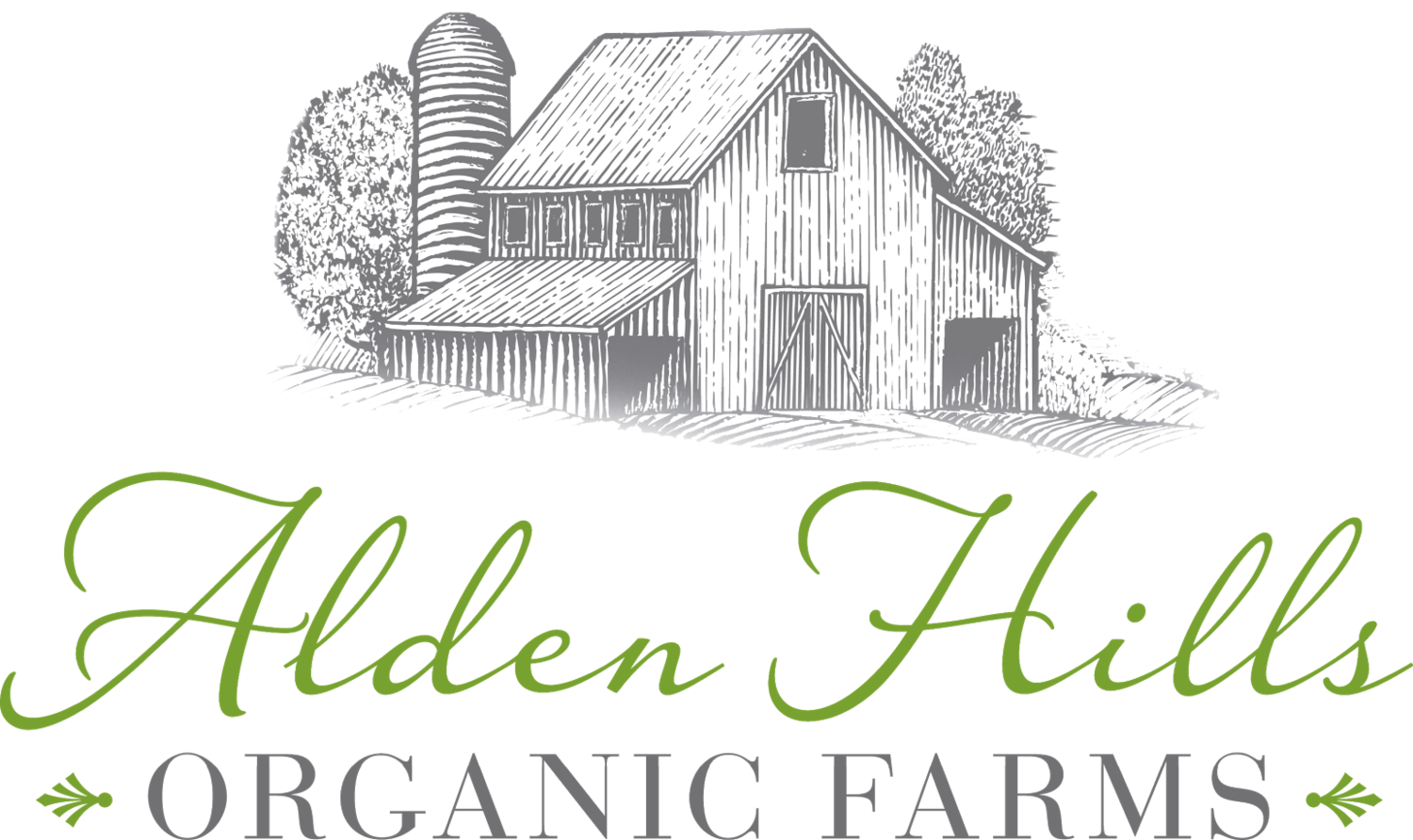The Ground Beef Timeline
The grass is growing…
…and it’s the first week of March? We hit 70 degrees this week and then temps plummeted back to teens within 12 hours. The farm is dry and un-frozen right, and it feels very weird. I definitely have it in the back of my mind that the weather always has the last say and we’ll pay for this amazing weather somehow. By the way, I find 50+ degree temperature swings fascinating… We’ve had a few of them over the last couple of years. They can be a concern for us because it can be difficult for the cattle to adjust so quickly. Luckily, we had no such issues this week and everyone is doing great. The potential for an early spring does throw off our seasonal timing though, we get pretty used to doing certain things at certain times at the farm. We know that certain months usually come with certain tasks to accomplish… both for animals and farm.
I believe that farming regeneratively does require working with the seasons to be successful.
What that looks like for us here at Alden Hills is that we have two separate seasons; “production” season where we are raising and processing animals and then the “off” season where we are farming with a lot less animals on the farm. One thing that I am particular about is making sure that we are processing animals in the correct seasons. Production season kind of lines up from May-November in our Midwestern climate. These are the months where we have poultry on farm, there are forages available and we know that all the animals will be gaining good pasture-powered bulk. Butchering within that production season window is very important for our cattle especially. Since our cattle are fed only on grass and hay they will take longer to get to the finish (or fatness) that we need them to be at for great tasting beef. If you’ve ever had bad grass-fed beef before it’s probably because they weren’t given enough time to fatten. You only want to butcher beef while they are actively gaining weight and the best times for that will be when cattle are actively grazing pastures during the growing season. In the conventional cattle world, they have gotten finishing fat animals down to a science. I think industrial beef is generally finished on a grain-fed diet between 12-14 months. On a fully grass diet we expect twice as long to get cattle to finish…
This makes the grass-fed beef supply chain very long.
We know that we will have more cost and labor put into getting our beef into the freezer than our conventional competitors. Because we butcher our animals seasonally it can also make inventory a hurdle for us. Most businesses would want to maintain consistent production year-round, but we have to get all of our production in the freezer within our production season. A perfect example of this for us is offering our beef sides, usually we only have so many sides to offer each season and they’re only available when they can be filled. We are welcoming a warm spring but it will be interesting to see what this means for our production timeline!
